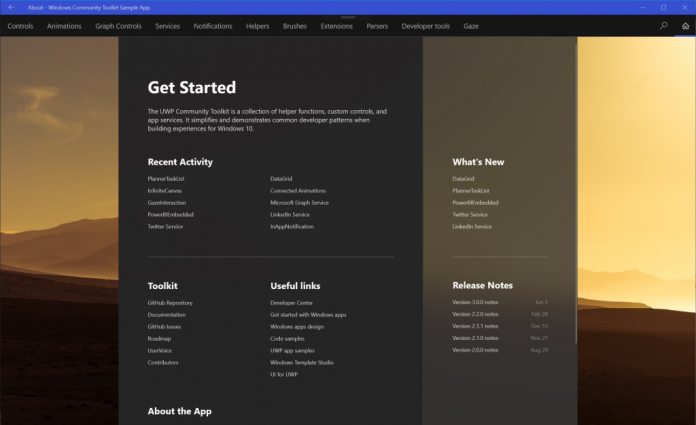If you’re unfamiliar with Windows Community Toolkit, it is a suite of extensions and controls for dev’s. The idea is to give creators an easier way to access developer tasks when building .NET and UWP apps for Windows 10. Leading the changes in version 7.0 is the movement of several tool packages. Microsoft says doing so allows packages to become less dependent on each other if only small components are in use. Previously packages would be coupled together, creating unnecessarily large apps. According to the company, refactoring the packages means Windows Community Toolkit can now decease app footprints by up to 90%: “We have refactored many packages within the Toolkit. This was to help reduce pulling in extra dependencies for the whole package when only a small number of components required them. This has allowed us to reduce the application size footprint impact of the Toolkit in common scenarios by 80-90%.” It seems most of the movement is happening in Controls and Animations. It is worth checking Microsoft’s details to see how the changes affect applications.
More Changes
Version 7.0 also adds a new MVVM library to Windows Community Toolkit. This new addition strives to deliver performance, flexibility, and modularity to applications. Located in the Microsoft.Toolkit.Mvvm package, it is a library is for .NET Standard apps. Because of this, it works across platforms that support .NET. Elsewhere in the update, Microsoft is improving notification support for .NET 5 and Win32 applications. Furthermore, there is a new TabbedCommandBar navigation UI, ColorPicker, AnimationBuilder class, and a XAML organizer called SwitchPresenter. Tip of the day: Did you know that you can assign keyboard shortcuts for starting applications quickly in Windows 10? This is a great way to have your most used programs always at your fingertips. In our tutorials we show you how to set those hotkeys for your favorite apps.




